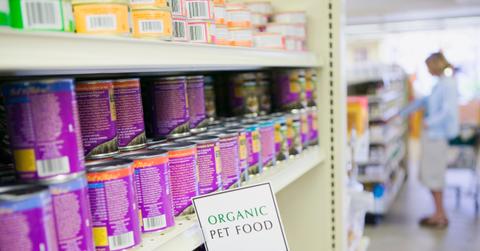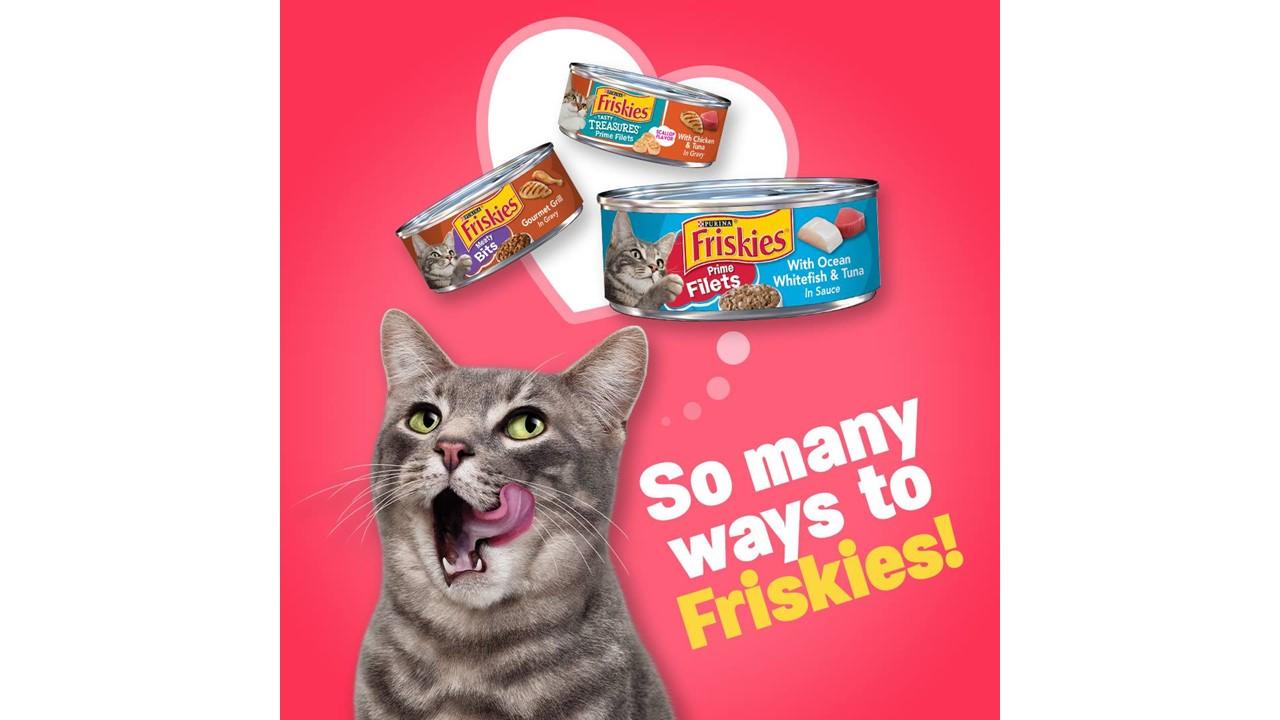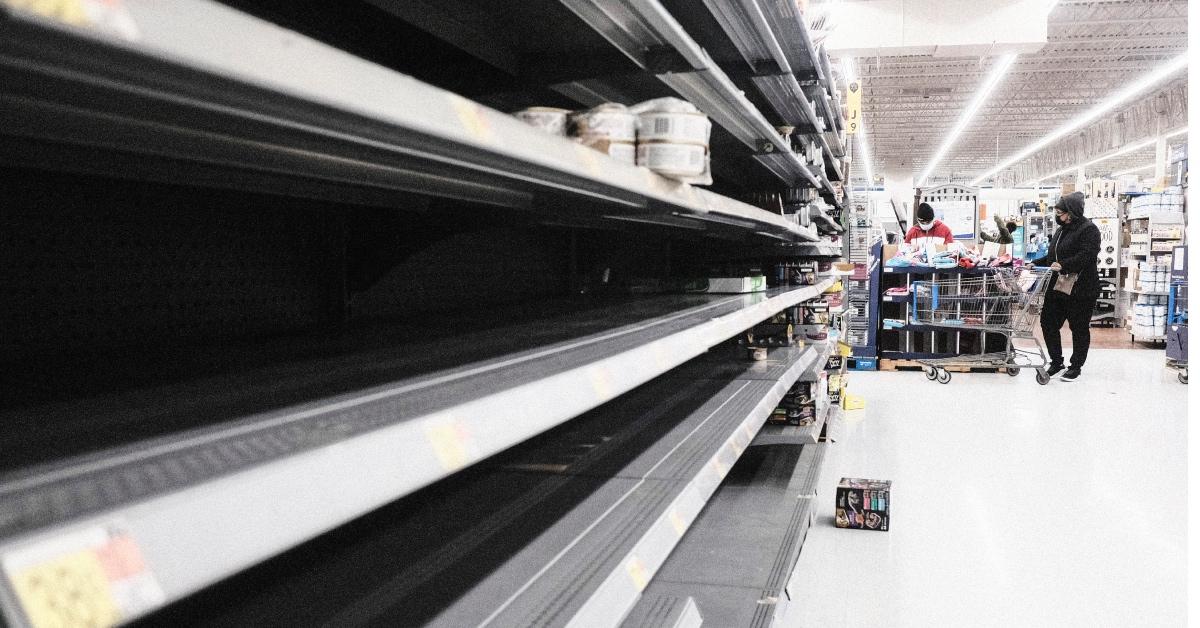Canned Cat Food Shortage Update: Are Things Looking Better in 2023?
There has been a canned cat food shortage due to a larger pet population and supply-chain issues amid the COVID-19 pandemic. What about in 2023?
March 22 2023, Updated 5:01 p.m. ET

Not only has it been difficult for consumers to get products like lumber and biscuits, but pet owners have also been dealing with shortages of certain brands of pet food in 2023 as well as the aluminum cans and meat used for the food. Issues with supply-chain delays have impacted a number of industries, even the distribution of canned cat food.
Will the canned cat food shortage subside?
In the spring of 2021, reports of canned cat food shortages started to appear. The causes include pandemic-related disruptions like the closure of plants that make the food and packaging materials, as well as increased demand due to the boom in pet ownership amid the COVID-19 pandemic.
Because these shortages have continued through 2022 and into 2023, we've decided to find some solutions for those of you who are still having trouble finding your favorite cat food brands.

Friskies cat food
Why is there a canned cat food shortage?
"The scarcity of wet cat food likely comes from the increase in pandemic adoptions, the lack of supply, and the fact that scarce products are used to meet human needs more often than the needs of our pets," Crystal Litzenberger, a vet tech at Lolahemp explained to Market Realist.
The labor shortage situation in the U.S. also means that companies are struggling to run the plants at full capacity.
Reuters reported that about 12.6 million U.S. households got a new pet between March and December 2020, according to the APPA (American Pet Products Association). Not only have some cat foods and treats been in short supply for months, but prices have increased for some pet products.
The supply chain issues that are impacting the food supply chain in the U.S. were expected to get better in 2022. However, the fast spread of the omicron variant of the COVID-19 virus played a dampener.
Global logistics issues have also added to the problem. Manufacturers are having a hard time getting some of the raw materials. The packaging material shortage, including aluminum, has also made the canned cat food shortage worse.
The truck driver shortage means that goods are taking longer to get from factories to stores. There have also been hoarding behaviors. Some pet owners might have loaded up on supplies amid the shortages, which only adds to the strain on the supply chain.
The Pet Food Institute has urged pet owners to only buy the amount of food they need for their cat or dog to prevent unnecessary strains on supply levels.
The APPA shared data showing that, in 2020, the pet industry market grew to $100 billion for the first time. Pet food was the main reason for this growth, with $42 billion in pet food sales in 2020. Also, Nielsen data showed that pet owners spent 46 percent more on online pet food purchases in 2020 versus 2019.
What brands have been impacted by the cat food shortage?
It appears that the canned cat food shortage is impacting a few brands and not the entire industry. Many pet owners have learned the hard way that their pets will tolerate only a specific brand or type of food.
Fancy Feast, Friskies, and Beyond have been in short supply at some retailers. These brands are all made by Purina, which is owned by global food and beverage giant Nestle.
Friskies wet cat food has been especially in short supply. Apart from empty shelves at supermarkets, the delivery times have been extended if you try buying the products online. Purina also cautions on its website that some products are in short supply at some stores.
When will the canned cat food shortage end?

The cat food shortage continues to impact consumers and their pets.
Although the global supply chain issues were expected to ease in 2022, according to Fveap, a nonprofit dedicated to feline veterinary emergency assistance, there's still a slight cat food shortage.
In July 2021 and April 2022, pet food factory incidents also played a role and further hindered aluminum production exports, and the Chinese government enforced rules to improve carbon emissions issues.
As frustrating as it can be not to be able to find the food your cat finds palatable, Litzenberger has a solution — make your own wet cat food. "Homemade food has the chance to be more nutritious and more affordable than brands you'd find at the store," Litzenberger revealed.
The only thing the vet tech says you need to do before attempting to put together a scrumptious meal for your furry friend is "run your ingredients by a trusted veterinarian."
